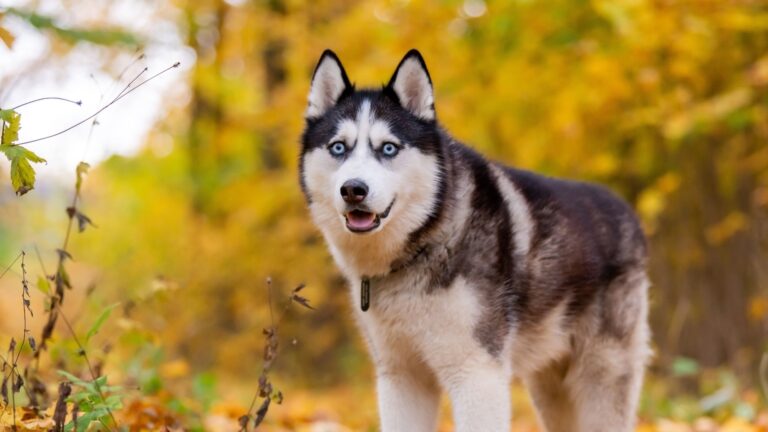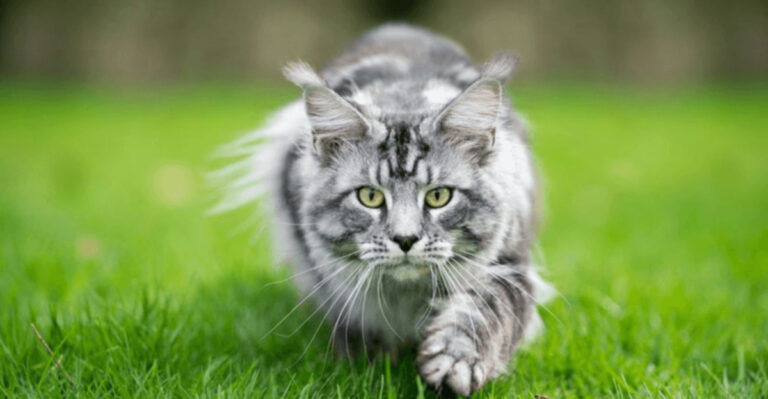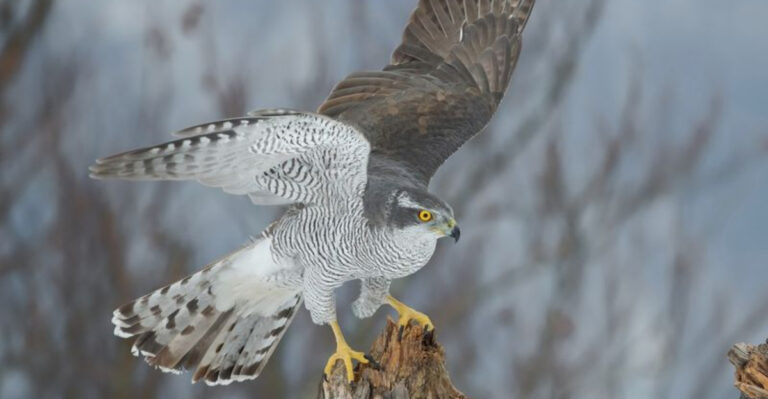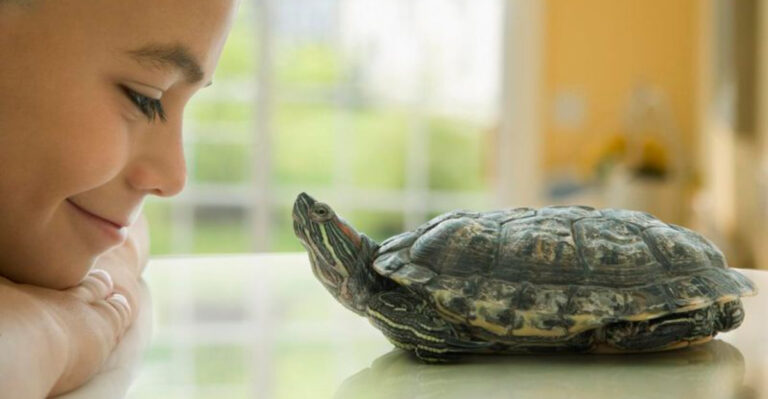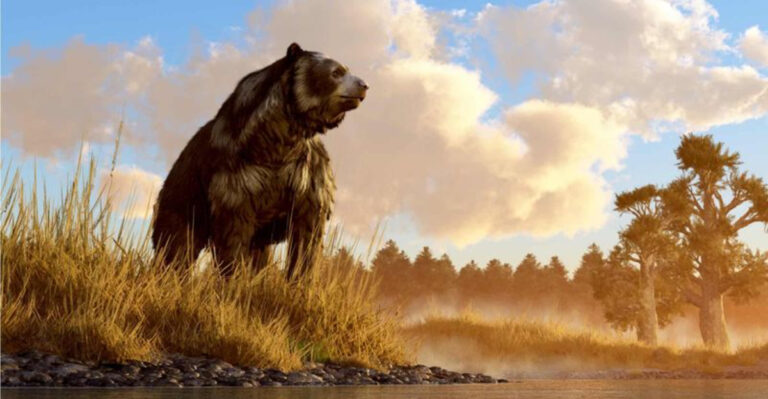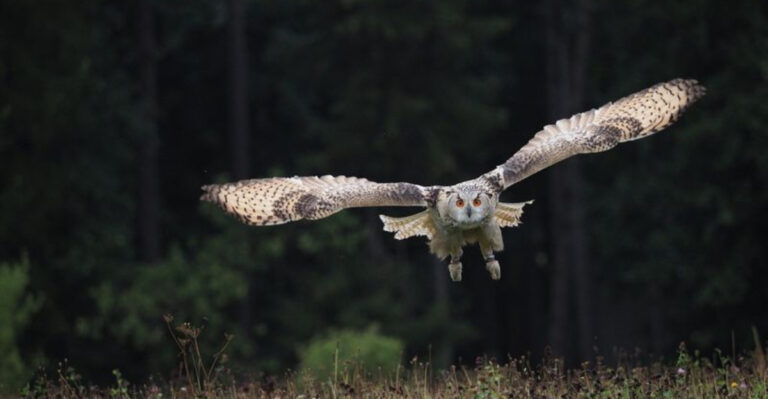12 Relentless Predators That Dominate The Wild

The animal kingdom operates on one simple rule: eat or be eaten. Across every habitat on Earth, certain predators have evolved into perfect hunting machines that strike fear into their prey.
These apex hunters combine incredible speed, strength, and intelligence with specialized adaptations that make them nearly unstoppable in their environments.
From the depths of oceans to the heights of mountains, these deadly masters of the hunt showcase nature’s most impressive survival strategies.
1. Great White Shark – The Ocean’s Perfect Killer
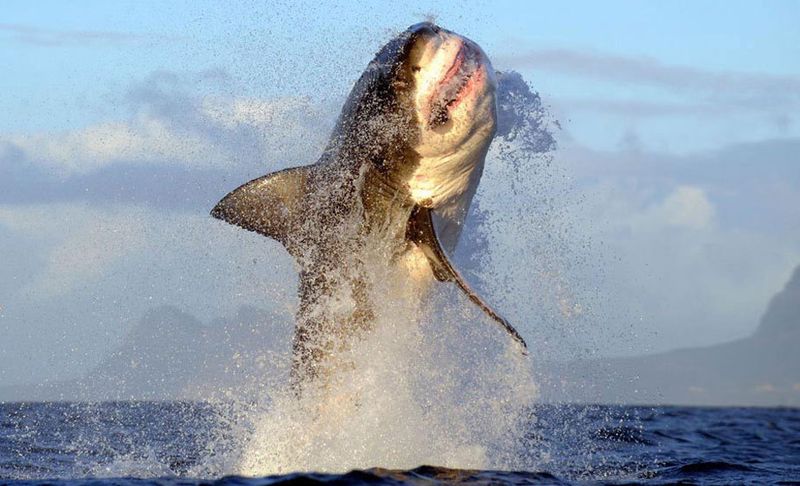
Blood-sensing machines with rows of serrated teeth, great whites can detect a single drop of blood from miles away. Their massive bodies can reach speeds of 35 mph during attack runs, creating an almost unavoidable ambush.
Contrary to popular belief, humans aren’t on their menu – most attacks are simply cases of mistaken identity. Great whites prefer fatty seals and sea lions.
A unique hunting technique called breaching allows these 4,000-pound predators to launch their entire bodies out of water, catching prey completely by surprise. Some individuals live up to 70 years, perfecting their hunting skills across decades.
2. African Lion – The Pride’s Coordinated Hunter
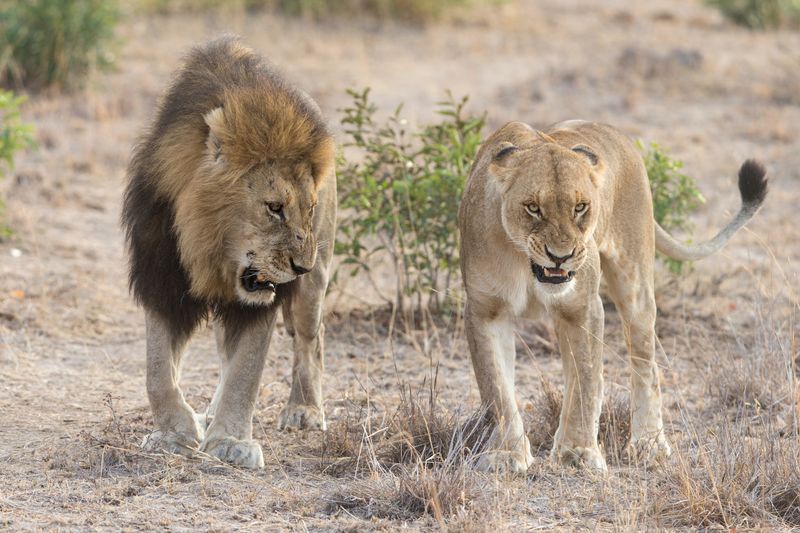
Kings of the savanna not just by reputation but through strategic teamwork. Female lions handle most hunting duties, working together to surround prey from multiple angles while communicating through subtle ear and tail movements.
A lion’s roar echoes up to five miles away, serving both as territorial warnings and coordination signals during hunts. Their powerful jaws exert 650 pounds of pressure per square inch – enough to crush large bones with ease.
When hunting, lions display remarkable patience, sometimes stalking prey for hours before the perfect moment to strike. Their success rate hovers around 25%, proving that even nature’s elite hunters face plenty of failed attempts.
3. Killer Whale – The Ocean’s Tactical Genius
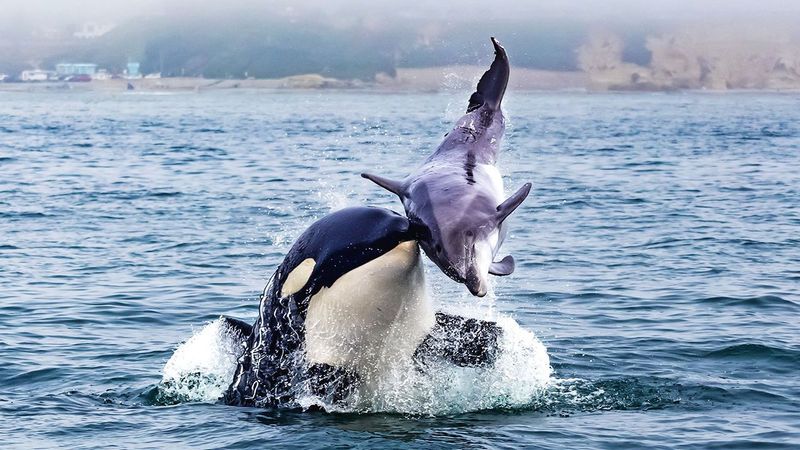
Masters of both brute force and cunning intelligence, orcas develop hunting techniques passed down through generations. Some pods create waves to wash seals off ice floes, while others intentionally beach themselves to grab prey before sliding back to safety.
Their communication system rivals human language in complexity, allowing for coordinated hunting strategies that leave prey with no escape routes. Not even great white sharks are safe – orcas have learned to flip them upside down, inducing a paralyzed state called tonic immobility.
Despite their name, these 6-ton mammals haven’t been documented killing humans in the wild. Each pod develops unique hunting specialties, essentially creating distinct cultures among killer whale communities.
4. Polar Bear – Arctic Ambush Specialist
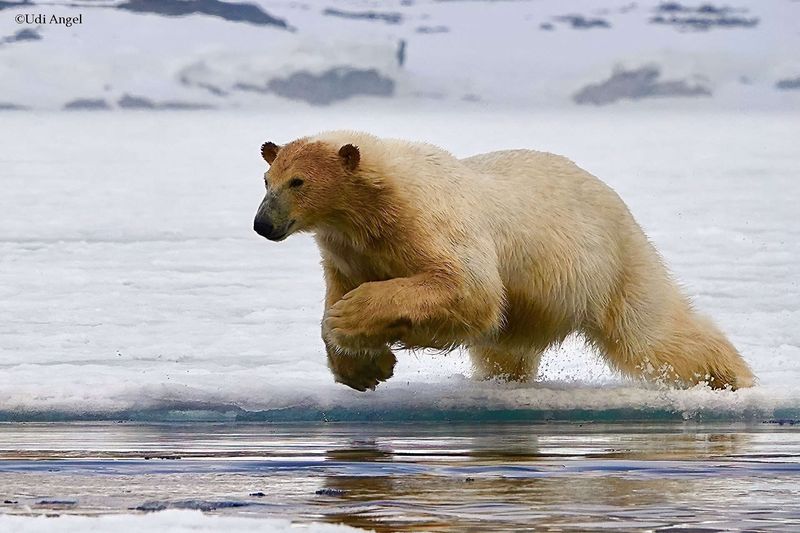
Equipped with translucent fur that appears white while actually being colorless, polar bears blend perfectly into their snowy surroundings. Their incredible sense of smell can detect seals under three feet of ice and from up to a mile away.
Patient hunters, they’ll wait motionless for hours beside a breathing hole until a seal surfaces. Their massive paws, measuring up to 12 inches wide, distribute weight evenly across thin ice and serve as powerful swimming paddles.
Climate change threatens their hunting grounds as sea ice diminishes. These solitary hunters can swim continuously for days, tracking prey across vast stretches of open Arctic water, burning up to 12,000 calories daily during active hunting periods.
5. Saltwater Crocodile – Prehistoric Ambush Master
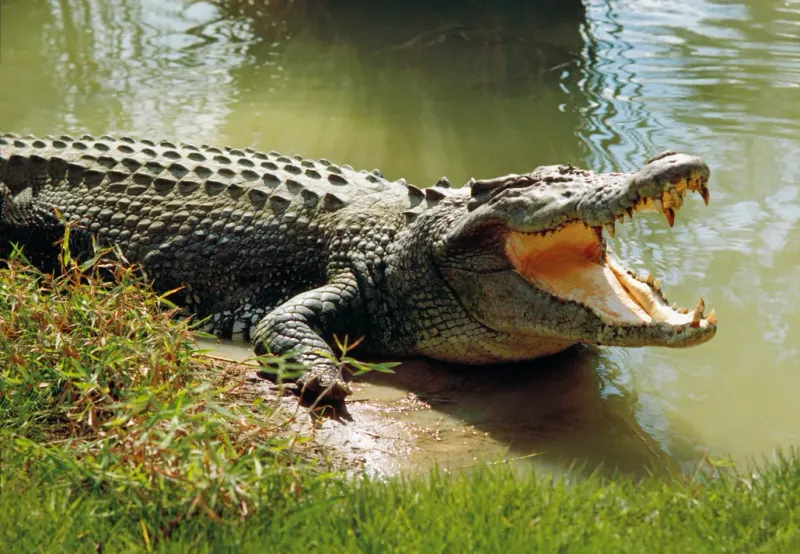
Virtually unchanged for 200 million years, these living fossils employ hunting tactics perfected when dinosaurs still roamed Earth. Capable of remaining motionless for hours with only their eyes and nostrils above water, they strike with explosive speed that belies their massive size.
The strongest bite in the animal kingdom delivers over 3,700 pounds of pressure per square inch – more than enough to crush a human skull instantly. After capturing prey, they perform the infamous “death roll,” spinning their bodies to tear manageable chunks from larger animals.
Saltwater crocodiles can grow beyond 20 feet and weigh over a ton. Their patience is legendary – some individuals have been observed stalking the same prey for days before the perfect moment arrives.
6. Peregrine Falcon – The World’s Fastest Hunter
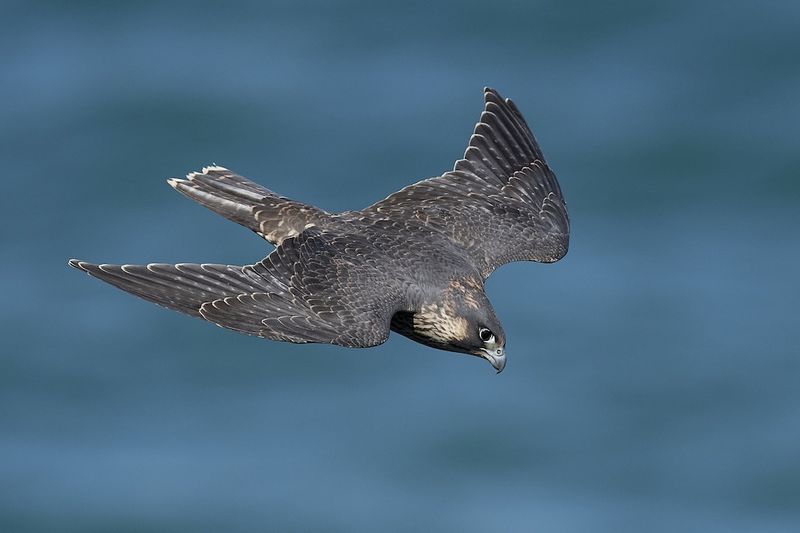
Speed demons of the sky, peregrine falcons clock in at over 240 mph during hunting dives called stoops. Special bony protrusions in their nostrils direct airflow during these high-speed plunges, preventing their lungs from rupturing under extreme pressure.
Their exceptional vision spots prey from nearly two miles away – and their brains process visual information so quickly that the world appears to move in slow motion during hunts. A specialized notch in their beaks serves as a killing tool, severing prey’s spinal cords on impact.
Female peregrines, larger and more powerful than males, tackle bigger prey. These aerial assassins have adapted to urban environments, nesting on skyscrapers and hunting pigeons with the same techniques they’ve used for millennia.
7. Wolf – The Ultimate Pack Hunter
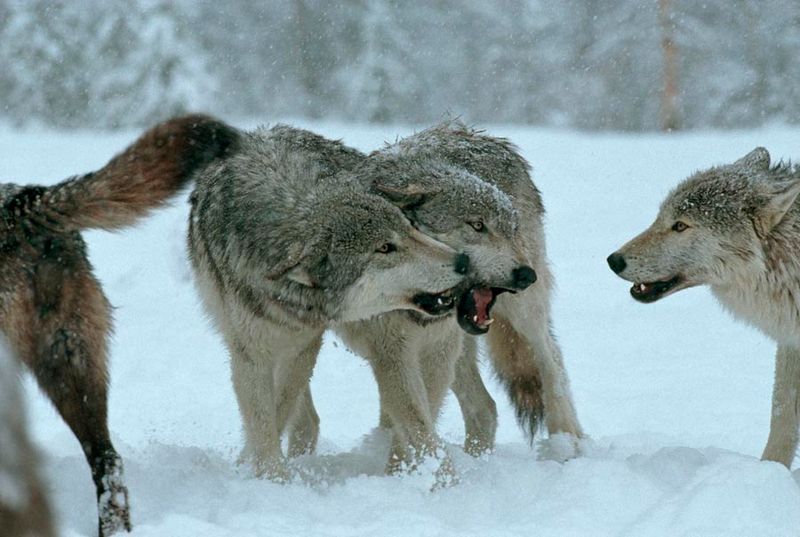
Social intelligence defines wolf hunting strategies, with pack members taking specific roles during hunts. Some wolves serve as scouts, others as runners to exhaust prey, while the strongest members deliver killing bites – all coordinated through complex body language and vocalizations.
Their endurance outmatches most prey animals. Wolves can trot at 5 mph for hours, wearing down even the strongest moose or elk until exhaustion makes them vulnerable.
A wolf’s sense of smell works 100 times better than a human’s, tracking prey for miles through forests and across seasons. Pack hunting success rates reach 80% for some experienced groups, compared to just 10-15% for solo wolves – proving the power of teamwork in the wild.
8. Komodo Dragon – Venomous Tracking Predator
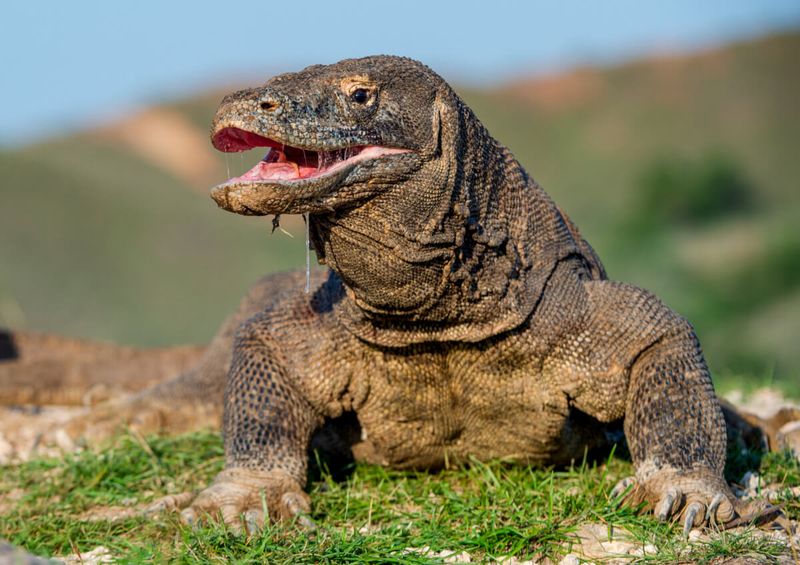
Armed with bacteria-laden saliva and recently discovered venom glands, Komodo dragons deliver a truly diabolical double-attack. Their serrated teeth create wounds that rarely heal properly, while venom prevents blood clotting and induces shock in their victims.
Patient trackers, they’ll follow wounded prey for miles and days if necessary. Their forked tongues collect scent particles and transfer them to a specialized organ in the roof of their mouths, creating a three-dimensional “smell map” of their surroundings.
Young dragons hunt from trees, dropping onto unsuspecting prey from above. Adults can consume 80% of their body weight in a single meal – equivalent to a human eating over 100 pounds of food at once.
9. Harpy Eagle – The Jungle’s Aerial Assassin
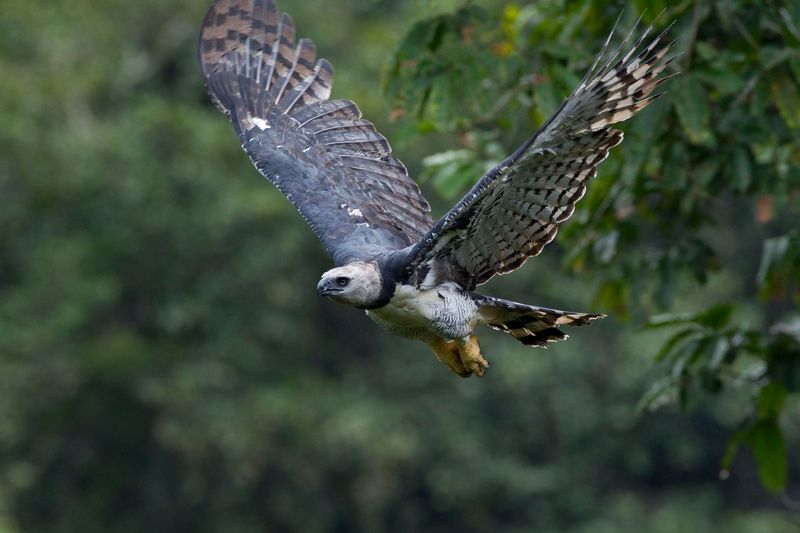
Silent death from above, harpy eagles possess talons larger than grizzly bear claws despite weighing just 20 pounds. These massive hooks exert 530 pounds of pressure per square inch – enough to puncture sloths’ skulls or instantly kill monkeys high in the rainforest canopy.
Their facial disc feathers function like satellite dishes, capturing and directing the faintest sounds to their ears. Wing adaptations allow for remarkable maneuverability through dense jungle branches at high speeds.
Female harpies grow significantly larger than males, specializing in hunting larger prey. These patient hunters sometimes remain motionless for hours on a perch, waiting for the perfect moment when prey becomes visible through the thick canopy.
10. Snow Leopard – The Ghost Of The Mountains
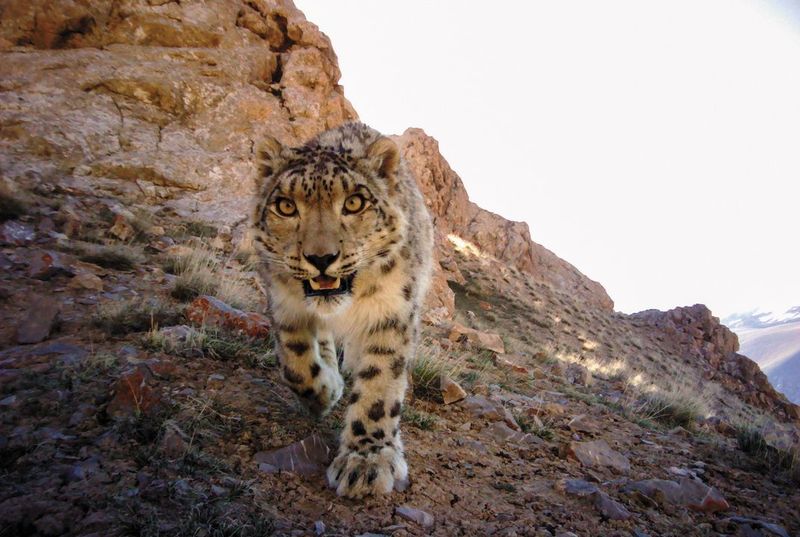
Perfectly camouflaged against rocky Himalayan slopes, snow leopards materialize seemingly from nowhere to ambush prey. Their massive tails – nearly as long as their bodies – provide balance during incredible leaps spanning up to 50 feet across mountain chasms.
Specialized chest muscles and extra-large lungs allow them to thrive in oxygen-thin high altitudes where few predators can survive. Their thick fur keeps them comfortable in temperatures dropping to -40°F.
Incredibly powerful hind legs launch these cats six times their body length in a single bound. Unlike other big cats, snow leopards can’t roar – instead using soft purrs and chuffing sounds for communication, adding to their ghostly reputation among local mountain communities.
11. Honey Badger – The Fearless Omnivore
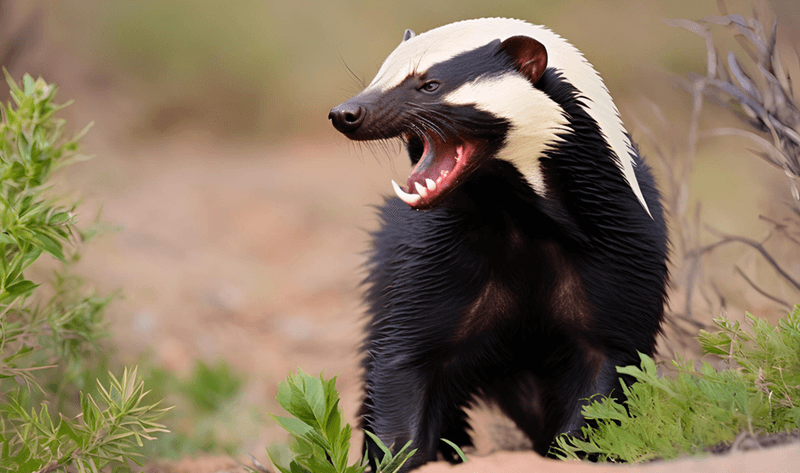
Pound for pound, perhaps the most fearless creature on Earth. Honey badgers routinely drive lions off kills and survive venomous snake bites that would kill animals many times their size, thanks to specialized receptors that provide partial immunity.
Their loose skin allows them to twist and fight even when grabbed, turning to face attackers with razor-sharp teeth and claws. These tools easily tear open beehives and termite mounds despite the defensive stings and bites of their inhabitants.
Intelligence rivals that of many primates – honey badgers use tools, remember solutions to complex problems, and recognize individual humans. Their tenacity is legendary; documented cases exist of badgers continuing to fight after sustaining injuries that would immediately incapacitate most animals.
12. Dragonfly – Nature’s Aerial Precision Hunter
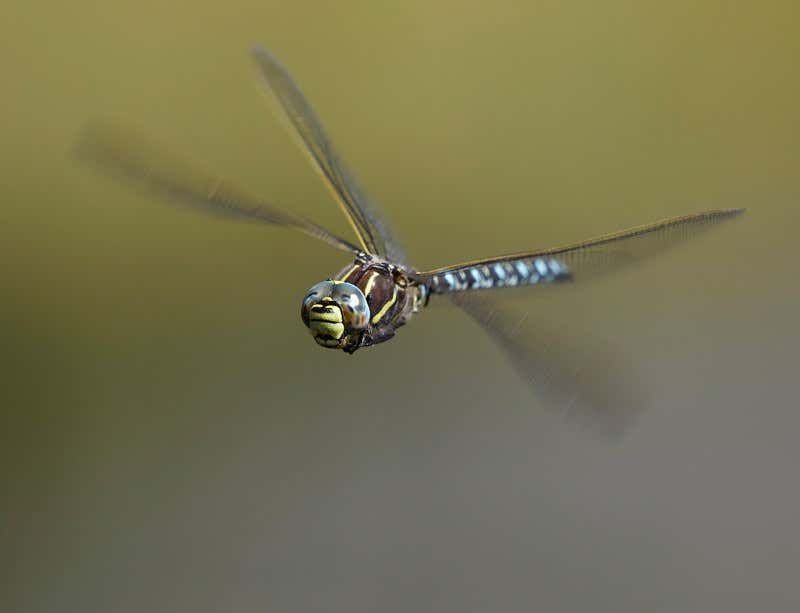
Don’t let their delicate appearance fool you – dragonflies boast a 95% hunting success rate, higher than any other known predator. Their compound eyes contain up to 30,000 lenses, creating nearly 360-degree vision that tracks prey movements with unmatched precision.
Four independently controlled wings allow them to hover, fly backward, and change direction instantly at speeds reaching 35 mph. Their brains predict prey movement patterns, calculating interception points rather than chasing, similar to advanced missile guidance systems.
Nymphs (juvenile dragonflies) are equally fearsome underwater predators, using extendable jaws to snatch tadpoles and small fish. Adult dragonflies consume hundreds of mosquitoes daily, making them valuable allies to humans despite their predatory prowess.

